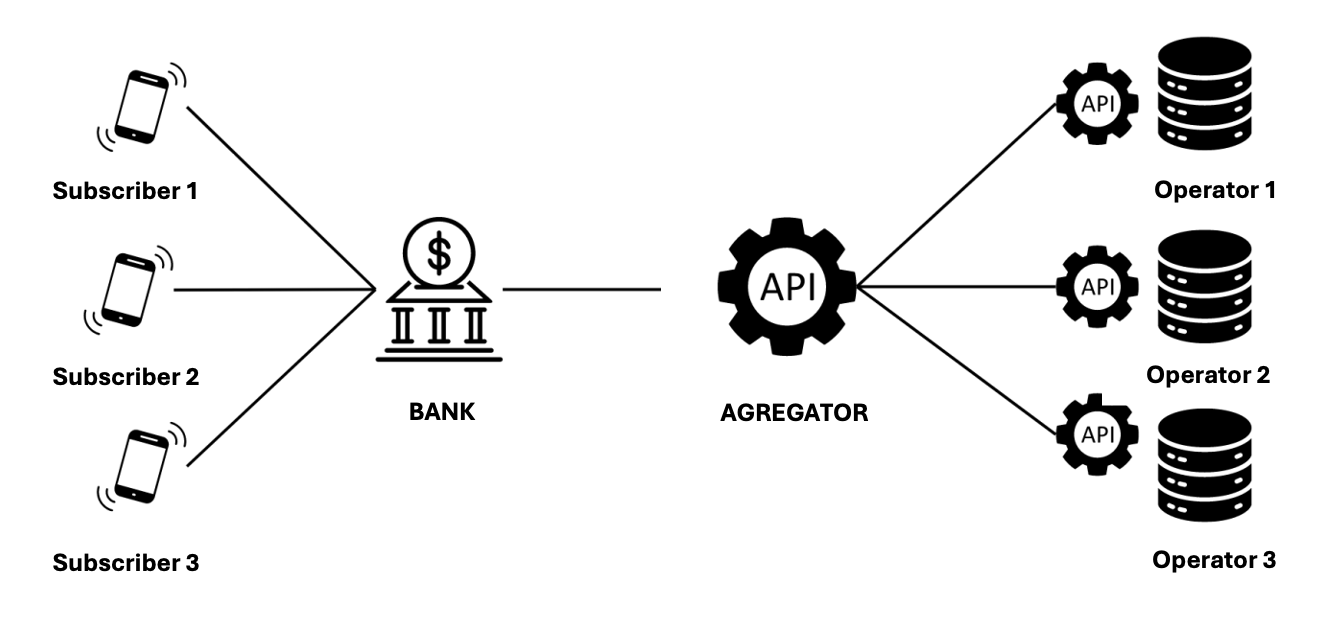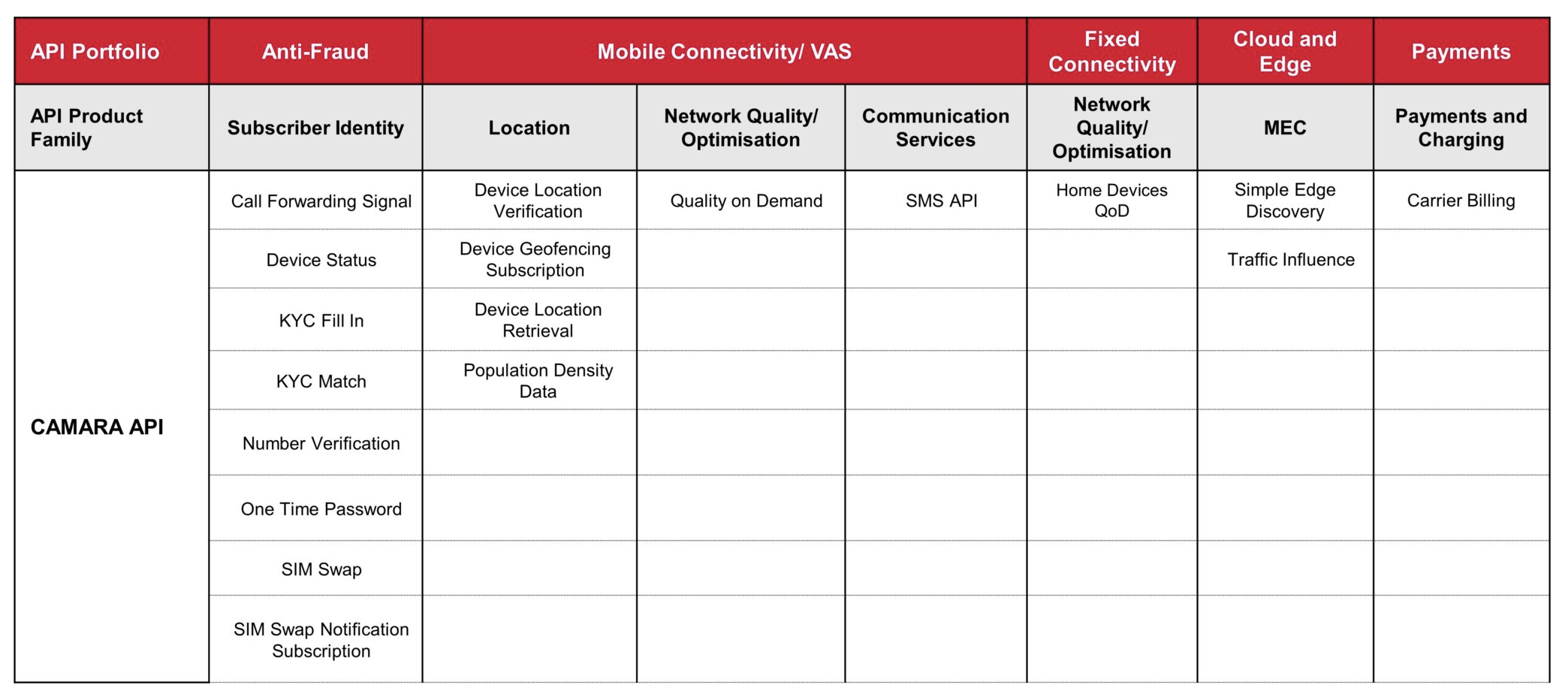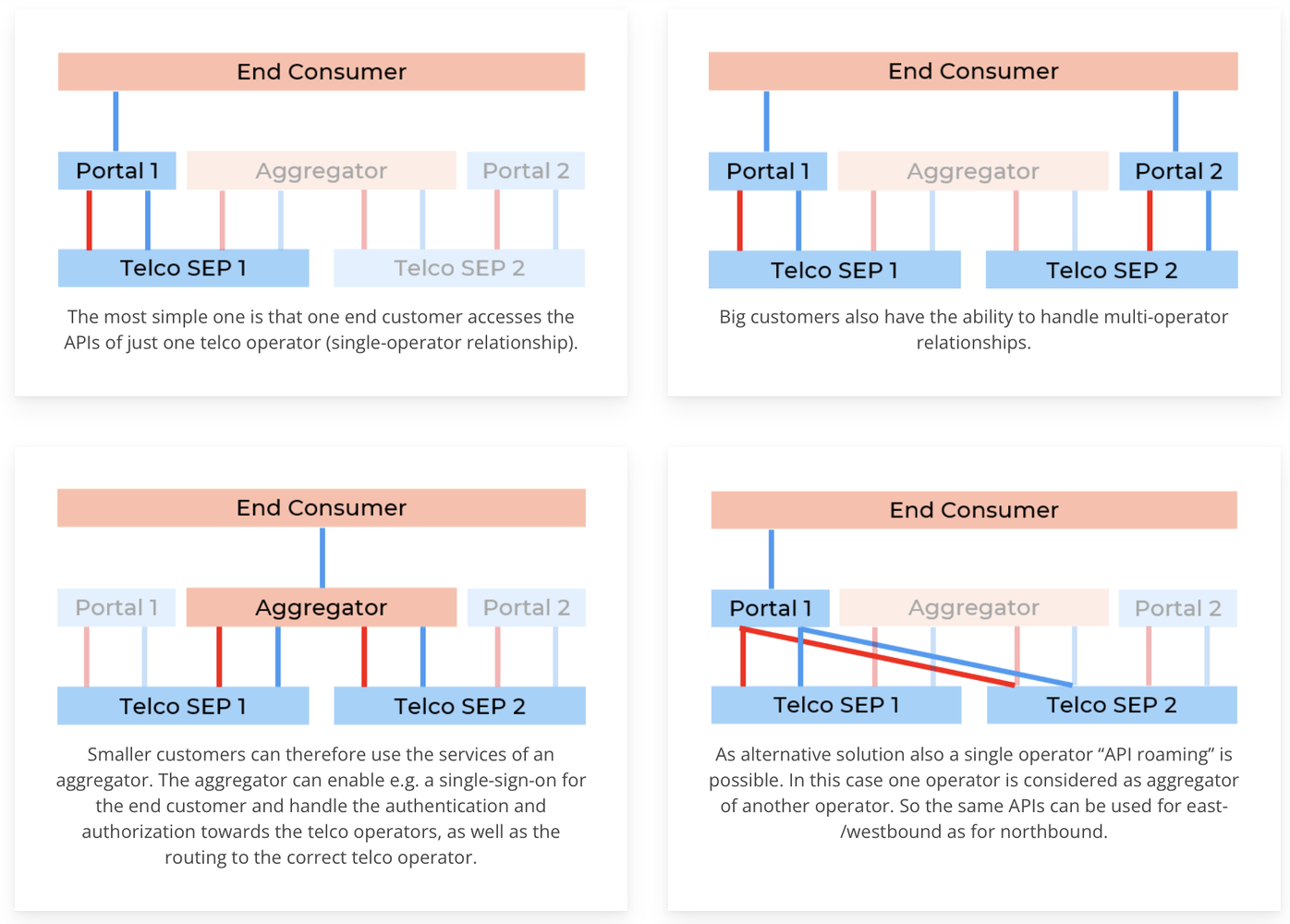According to Anatel data, in January 2025, Brazil had:
📱 263.3 million mobile phone accesses.
💻 51.9 million fixed broadband accesses.
☎️ 22.1 million fixed telephone accesses.
📺 9.0 million pay-TV accesses.
Additionally, according to the 2022 demographic census, there were just over 203 million inhabitants and 72.4 million permanently occupied households in Brazil.
We can conclude that there are more mobile phone accesses than people and that fixed broadband is used in more than 68% of permanently occupied households.
The role of telecommunications companies is to build the infrastructure that enables communication between people, businesses, and now even things. Satellites, fiber optics, and cell towers are examples of infrastructure that telecom companies build to pave the way for information flow. Nowadays, almost everyone consumes some service from telecommunications companies.
But why does this matter?
The telecommunications environment is highly competitive. Operators invest heavily in upgrading infrastructure to provide the best connection with the best cost-to-quality ratio for the end user. Additionally, retention policies, the development of specific offers for different types of users, app bundling, and the provision of new services are part of their strategies to keep subscribers for as long as possible.
However, within this competitive landscape, at some point, it became clear that there is something common among operators that can be shared to generate significant value: the network. Robert Metcalfe, one of the inventors of the Ethernet standard, proposed that the value of a telecommunications network is proportional to the square of the number of users. Therefore, the more users (or devices) a system has, the more valuable it becomes. This principle can be observed in this context.
The aggregated potential of all subscribers across all networks is greater than that of subscribers within a single isolated network. According to Anatel, in Jan. 2025, VIVO had just over 102.2 million accesses, followed by CLARO with 87.2 million and TIM with 62 million.
APIs emerge as key enablers in this scenario, helping operators generate value through cooperation rather than competition. The evolution of APIs has been transforming how operators connect with partners, users, and now even competitors.
The idea behind Open Gateway is to explore the network capabilities that are common across all telecommunications infrastructure.
How can this be done?
There are functionalities and standards that work across all operators’ networks. This is what allows a device to connect to operator A, B, or C just by swapping the SIM card. These same standards enable a user from operator A to call a user from operator C or use services on operator C’s network through roaming agreements. Therefore, some functions can be exposed and could be useful for various applications that are still being discovered.
For example, imagine three banking customers making a transaction. They are geographically distant, each in a different state. During the transfer of a significant amount, as part of an anti-fraud check, the bank needs to verify that each customer is physically located where they usually conduct transactions.
Before the development of Open Gateway, the bank could validate a customer’s location in two ways:
- Using the GPS of the device
- Using the IP address of the connection
Both methods are useful but have limitations, such as requiring user permission, device infection, VPN usage, and other techniques that can manipulate the device’s real location.
Cellular network standards adopt LBS (Location-Based Services), a mechanism capable of identifying the approximate location of a device. However, this is an older system.
So, what’s the key innovation brought by Open Gateway?

Picture from the author
Without Open Gateway, the bank would need to know which operator each customer is using. While not particularly difficult, this process is quite labor-intensive. Another challenge would be the need to integrate with each operator individually.
Each operator uses one or more infrastructure providers, meaning the method for accessing location information differs between Operator A, B, and C. Additionally, the API architecture for retrieving this data may also vary—for example, Operator A might use SOAP, Operator B REST, and Operator C GraphQL. Moreover, these APIs can change over time, requiring continuous adaptation.
Now, multiply the need for maintaining these bank <-> operator interfaces by the number of operators, and this method becomes nearly unmanageable.
One of the API resources developed by the Open Gateway group solves this challenge.
In practice, Open Gateway aims to standardize both API resources and architecture for network functions across operators.
In the example given, the bank would query an aggregator via API, which would then communicate with the correct operator and retrieve the customer’s verified location. This provides a third method for confirming the device’s geographical location, improving accuracy and security.

Picture from the author
The most interesting and beautiful aspect of all this is that the entire architecture is collaborative and open. Everything is organized under the CAMARA project, an open initiative launched by the GSMA in collaboration with the Linux Foundation.
The project was launched in 2023, initially providing eight network APIs. The table below, extracted from the GSMA website, shows that there are now 18 available resources, demonstrating strong community engagement.

Available in the GSMA Website
The CAMARA project aims to develop and standardize network APIs. Therefore, the architecture shown above is a proposed architecture, recommended for smaller clients. On the project’s page, other architectures are also suggested, including the possibility of using the operator’s API directly.
The advantage of this standardization is that developers do not need to understand the structure of each operator, but only the standardized network API defined by Open Gateway.

Available in the project CAMARA website
To conclude, in this ecosystem we have:
- Aggregators: These are technology companies like AWS, Azure, Infobip, and Google Cloud that participate in the ecosystem by developing APIs based on Open Gateway standards and connecting to telecom operators that expose standardized network APIs.
- Open Gateway: An initiative launched by GSMA aimed at creating a standardized framework for exposing network capabilities through APIs. This initiative is designed to facilitate collaboration and innovation between mobile network operators and developers by providing a common set of interfaces to access network services. The goal is to make it easier for developers to build applications that leverage the unique features of telecommunications networks.
- GSMA (Global System for Mobile Communications Association): An industry organization that represents the interests of mobile network operators worldwide. It plays a crucial role in the mobile telecommunications industry by promoting collaboration among operators, manufacturers, and other stakeholders to drive the development and implementation of mobile technology standards and initiatives.
- CAMARA Project: An open-source project initiated by GSMA in collaboration with the Linux Foundation. It aims to create a standardized API framework that allows developers to access network capabilities across different mobile network operators. The project seeks to simplify and unify how developers interact with telecom networks, fostering innovation and enabling new services and applications.
Takeaways:
✅ Network APIs aggregate telecom infrastructure from multiple operators.
✅ Network APIs are standardized through a collaborative effort under the CAMARA project.
✅ GSMA took the lead in organizing the telecom infrastructure ecosystem through Open Gateway, creating a major opportunity for new revenue generation through cooperation instead of competition.
✅ Tech companies participate as aggregators, further bridging the gap between IT and Telecom.
✅ Network APIs more than doubled in number from 2023 to 2024, showing rapid growth.
Guest Blogs are written by carefully selected Experts. If you also want to create a Guest blog then Contact us.